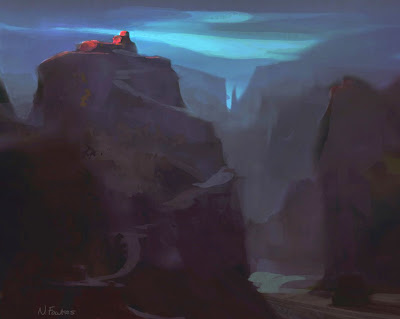Illustrator Bernie Fuchs standing behind President Kennedy at the White House Once upon a time, kings and pharaohs sought the most talented artists in the land to serve as court painters. In an era before photography (and often before literacy) royal patrons of the arts knew they would be remembered by the images of their accomplishments. Akhenaten's distinctive face was immortalized by his royal artists Goya, Van Eyck, Rubens, Titian, Velazquez, Holbein and others found steady employment as court painters; they received a regular salary, ate well, and got to live in nicer surroundings than their peers in the art guild. Sometimes they went beyond capturing the face of the king to putting an aesthetic face on the entire kingdom. But gradually emperors stopped sponsoring artists. The Medici Popes and Dukes who had once taken such pride in being represented by brilliant artists-- Michelangelo, Leonardo, Botticelli, Fra Angelico-- ended their patronage. Corporations emerged as the ne




